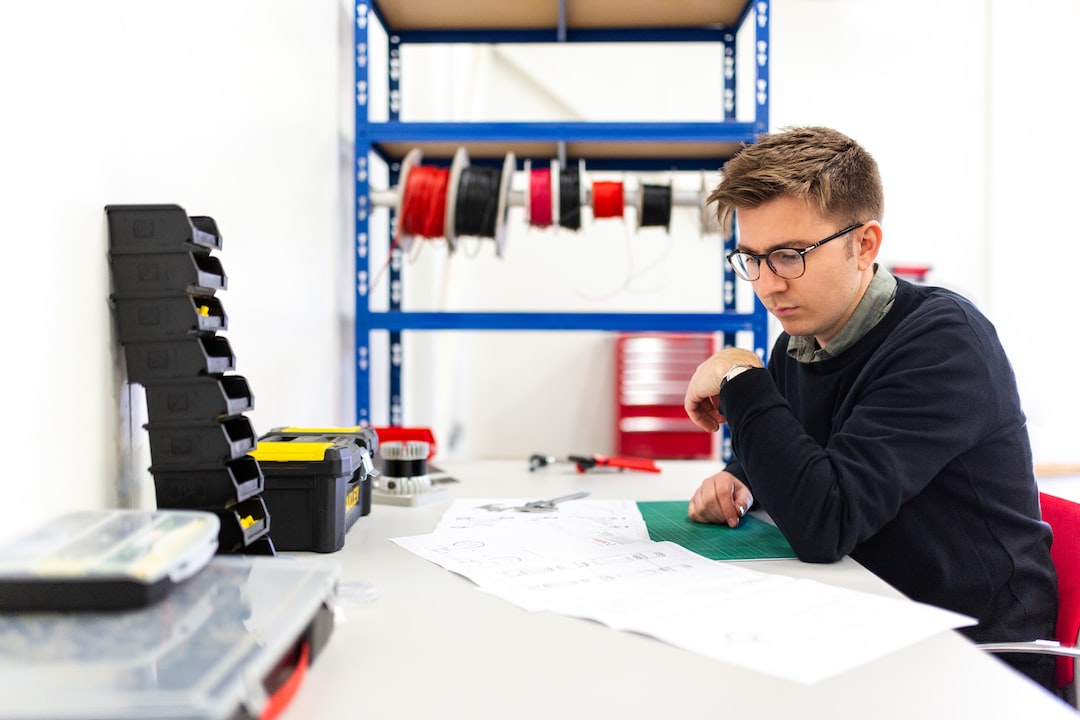In recent years, robotics has emerged as a cutting-edge technology that is revolutionizing various industries, especially manufacturing. The utilization of robotics in manufacturing processes has significantly transformed the way products are made, leading to increased efficiency, precision, and productivity. From assembly lines to warehouses, robots have become an integral part of the manufacturing landscape, providing a myriad of benefits that are reshaping the industry.
One of the key advantages of using robotics in manufacturing is its ability to improve productivity. Robots can work tirelessly without experiencing fatigue or human errors, resulting in a faster and more consistent production pace. They can handle repetitive tasks with accuracy and speed, leading to higher output levels. With robotics, manufacturers can achieve increased production capacity while maintaining high-quality standards. This is particularly valuable in industries with high demand, such as automotive or electronics, where large volumes of products need to be manufactured within tight deadlines.
Moreover, robotics enables manufacturers to achieve a higher level of precision in their processes. Industrial robots, equipped with advanced sensors and programming, can perform delicate and intricate tasks with utmost accuracy. They can consistently repeat the same motion with micron-level precision, ensuring the utmost quality in the final product. For example, in pharmaceutical manufacturing, robots can precisely measure and mix ingredients, leading to consistent and precise formulations. This level of precision translates into a reduced margin of error, minimized wastage, and improved customer satisfaction.
Robotics also contributes to improved workplace safety in manufacturing. Certain manufacturing processes involve hazardous conditions or exposure to toxic substances, putting workers at risk. By replacing humans with robots in these high-risk areas, manufacturers can protect their employees while still maintaining productivity levels. Robots can handle dangerous materials, perform tasks in extreme temperatures, or operate in cramped and confined spaces without risking human safety. This not only eliminates workplace accidents but also reduces insurance costs and liability issues for manufacturers.
Another aspect of robotics transforming manufacturing is the introduction of collaborative robots, also known as cobots. Unlike traditional industrial robots, cobots are designed to work alongside humans, complementing their skills and providing assistance. These robots are equipped with advanced safety features that automatically detect human presence and adjust their speed and force to avoid any potential harm. Cobots can be used in various manufacturing processes, from small-scale assembly tasks to heavy lifting operations. Their presence enhances human workers’ capabilities, allowing for a more efficient and accurate output.
Furthermore, the integration of robotics into manufacturing processes has opened up new possibilities for customization and flexibility. With robots, manufacturers can quickly reconfigure production lines to accommodate different product designs or specifications. They can easily switch between manufacturing different products without lengthy retooling processes or long periods of downtime. This level of flexibility enables manufacturers to respond swiftly to changing market demands and deliver customized products to customers faster and more efficiently.
In conclusion, robotics is transforming manufacturing processes in remarkable ways. From improving productivity and precision to enhancing workplace safety and enabling customization, robots have become an indispensable part of modern manufacturing. As technology continues to advance, the potential for robotics in manufacturing will only grow, leading to even more innovative and efficient processes. With the continuous integration of robotics, the manufacturing industry is set to experience unprecedented advancements and reach new heights of productivity and quality.

